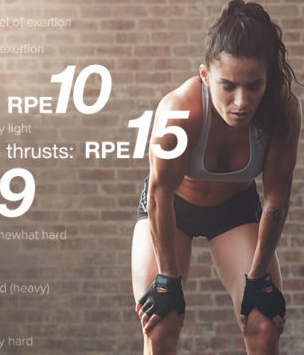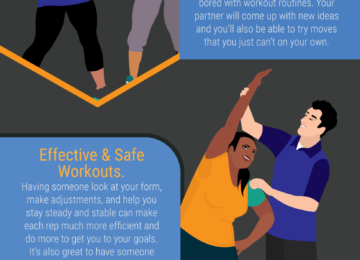How to Calculate RPE
RPE’s subjectivity can make it seem arbitrary. “Studies show that people are often poor judges of their own training intensity,” notes Beachbody Senior Fitness and Nutrition Content Manager Trevor Thieme, CSCS. “They tend to overestimate how hard they exercise.”
To help make RPE more objective, Helms suggests a technique called “anchoring,” in which you link effort levels to a given activity at a known intensities. For example, you might run on a treadmill, gradually increasing speed over a 20-minute period until you hit peak effort, noting your perceived exertion along the way.
How do your legs feel at each level? How is your respiration? How hard is your heart pounding? Using this strategy, says Helms, regular exercisers can make more reliable RPE estimations from one day to the next.
How to Use the RPE Scale in Your Workouts
Like any other fitness technique, RPE training requires practice. To do that, start recording your highest RPE during exercise, as well as your session RPE once you’re done.
How high do you go in any single session? Does it fluctuate based on the day of the week, the time of day, your diet, the type of workout you perform, or how many days in a row you exercise? Make sure you’re making apples-to-apples comparisons — don’t compare a sprint workout to a yoga session. And don’t assume that higher is better.
If you know from experience that running on a treadmill at 4 mph usually feels like an 11 or a 12, and it feels like a 14 today, that’s a sign you should back off. If you have the opposite experience, consider pushing yourself harder.
Similarly, if you’ve been hitting 15s or 16s on average for several weeks, it might be time for a recovery week. Conversely, if you’ve been holding yourself to a 14 in a new class or workout program, you might experiment with nudging yourself up to a 16 for a workout or two.











